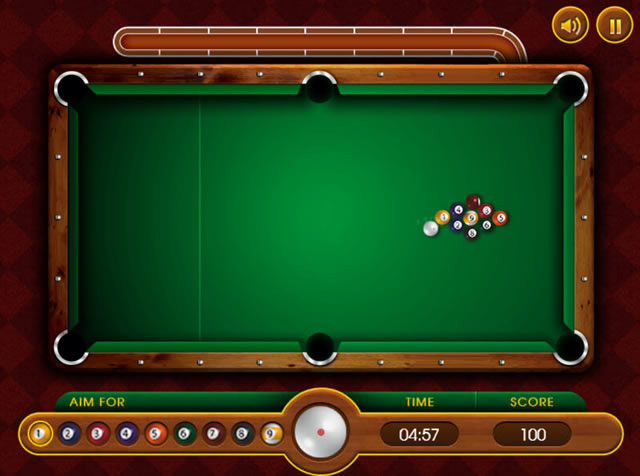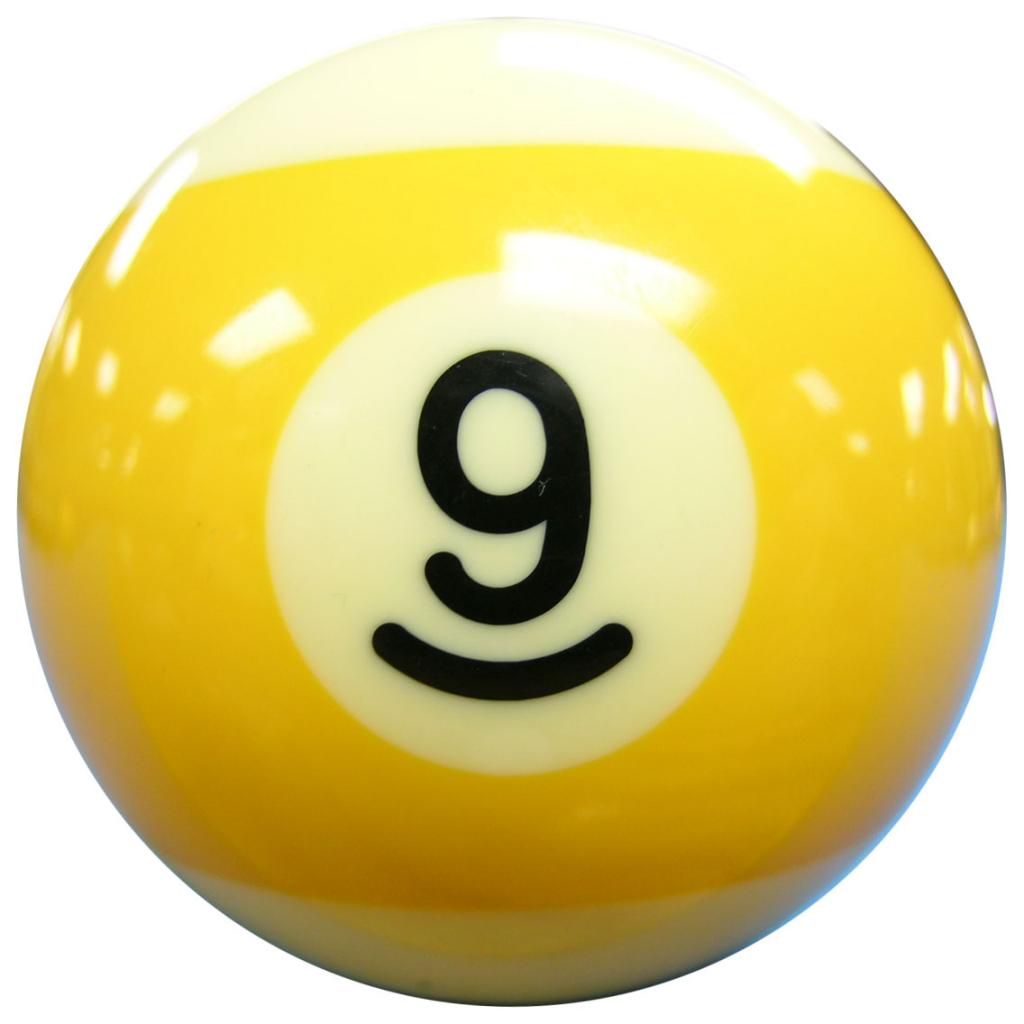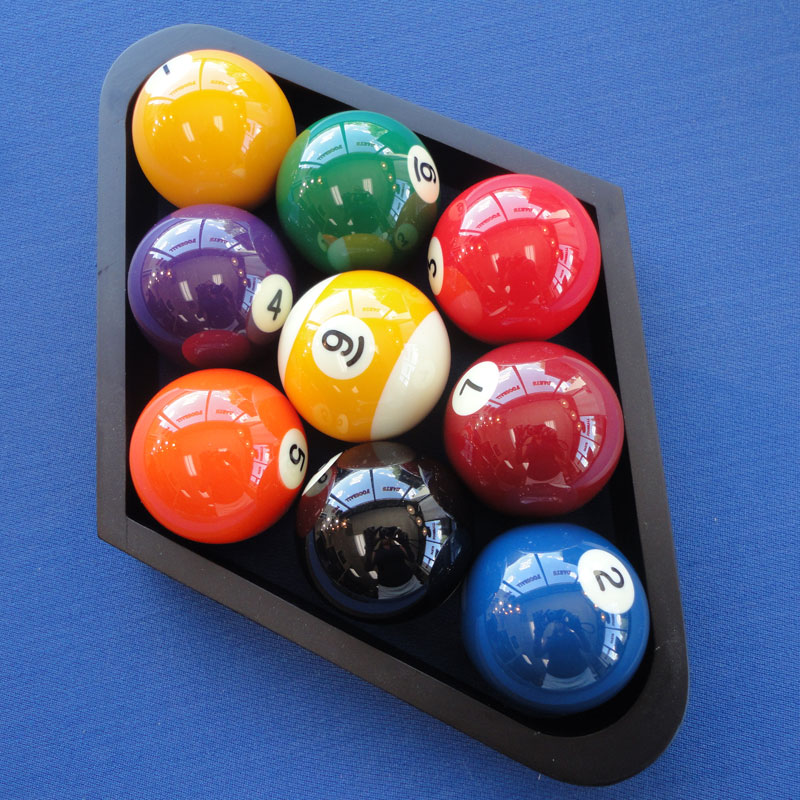
#9 BALL ONLINE SIMULATOR#
one of the first billiard games was video pool (1985), which was a 2D simulator of pocket billiards. Like any sport, the popularization of computers made it so billiard games were developed for computers to simulate the physical game that requires a large table and cue sticks. One point is scored for every pocketed ball.


Some popular pool game modes are the following. In the early days when a new culture started playing a version of billiards, they would often change a rule or add another ball to drastically alter the outcomes of each game or to increase the speed to make competitions more interesting. Pool has many varieties and each game has a simple set of rules you must learn. The green fabric seen on today's tables comes from the 1600s and 1500s when billiards was a lawn game played outdoors. Both versions originated from Carom billiards, a French game with the familiar table except no pockets. The game originates from English billiards, a similar game with colored balls. Pool sometimes known as billiards is an American cue sport that uses a table with six pockets and numbered balls. And even though you can see the path the ball will take, you never know where exactly it will stop, and how you will have to adapt after that. Throughout the entirety of One Ball Pool Puzzle you'll never know what the next level can bring, but one thing will stay the same, and that is that each level is a fun challenge. When you know that you have only one shot to make it to the next level, you'll definitely try a more riskier maneuver than you would otherwise. This ensures that you take some risks, but also makes things a bit more fun. From dangerous spikes to figuring out complicated trajectories, One Ball Pool Puzzle will surely put your skills to the test, and you need a healthy dose of patience if you want to finish all its 45 levels.īut not only the unique table configurations might impede your progress, but also the fact that you have a limited number of attempts that you have to finish a level. The fun really kicks in the later levels, when the road between the ball and its goal is filled with various dangers, that you need to avoid. You can expect the same behavior that usually comes from this billiards tool. In One Ball Pool Puzzle your goal is to get the ball in the hole located in a random spot on the table, and to do this you have to use a cue stick. "Ball in hand" foul if after the cue ball contacts a legal object ball and neither the cue ball, nor any other ball strikes a rail or is pocketed.One Ball Pool Puzzle is another addition to this relaxing category. Contacting the opponent's ball first results in a "ball in hand" foul. The opponent can place the cue ball anywhere on the table to shoot any of their respective balls, or the 8-Ball - if all of their group balls have been already pocketed.Īfter the groups of object balls have been assigned, the first object ball contacted by the cue ball must be a numbered ball from the shooter's assigned group. Pocketing the cue ball is known as a "scratch" and results in a "ball in hand" foul.

If this action does not occur, the opponent can choose to either play the table "as-is" or ask for a re-break. The breaker must either pocket a number ball, or drive four different number balls to one or more rails. The head string, also known as "the kitchen" is the area behind the second set of diamonds (or markings) at the head of the table. The cue ball can be placed anywhere behind the head string. The apex ball should be aligned at the foot spot on the table, with the bottom of the break formation aligned parallel with the foot of the table. The rest of the rack should be random, except for the bottom corners of the triangle - one corner ball should be a solid, and the other a stripe.

The RackĨ-Ball is located in the center - two rows from the top and two rows from the bottom. The 8-Ball does not belong to either group. The object balls are divided into two separate groups - solids (balls numbered 1 through 7) and stripes (balls numbered 9 through 15). 8-Ball is played with a cue ball and 15 object balls.


 0 kommentar(er)
0 kommentar(er)
